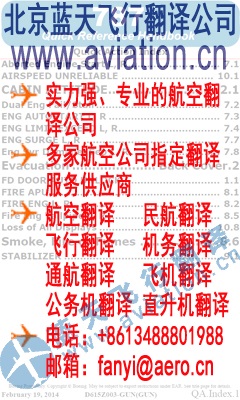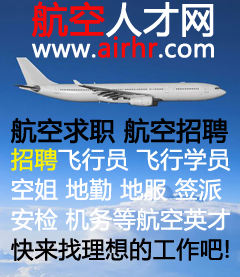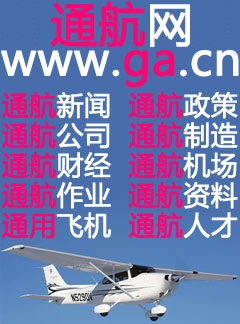|
曝光台 注意防骗 网曝天猫店富美金盛家居专营店坑蒙拐骗欺诈消费者
resulted in their vestibular system registering a transla-tional acceleration. The maximum rotational accelerations for the likely worst case (0.5 ft offset and a 20°/sec2 yaw accelerations, see fig. 12) results in a 0.005-g translational acceleration. This acceleration is small but perhaps just Med. Low Figure 16. Motion fidelity for Task 1. Figure 17 depicts whether or not pilots reported lateral translational motion to be present for the four motion configurations. Statistically, the two factors of rotational and translational motion interacted (F(1,5) = 30.6, p = 0.003). Lateral translational motion was reported an average of 85% of the time when it was present, and the addition of rotational motion did not increase lateral translational motion reports (actually, it decreased lateral translational motion reports from 91% to 79%). On the other hand, whereas lateral translational motion was never reported in the no-motion condition, it was reported nearly 50% of the time when only rotational motion was present. within a pilot’s threshold (see appendix A). Pilot reporting of rotational motion, shown in figure 18, was also affected by an interaction between actual rotational and translational motion (F(1,5) = 10.4, p = 0.023). Rotational motion was reported 30% of the time when no motion was present. The reporting of rotational motion increased dramatically to 87% when any motion was given. Apparently, when combined with visual cues, the translational motion enhances the onset of a phenomenon called vection. Vection is visually induced motion; that is, it is the belief that one is moving through a scene when no motion is actually present (a phenomenon first investigated and reproduced in a labora-tory by E. Mach in 1875) (ref. 55). A description of how the vestibular and visual cues combine to produce vection has been described by Zacharias and Young (ref. 56). % of time rot. mot. reported 100% Translation No translation 0% No rotation Rotation
|




